Tongdosa Temple [UNESCO World Heritage] (통도사[유네스코세계문화유산])
18.1Km 2024-02-08
108 Tongdosa-ro, Habuk-myeon, Yangsan-si, Gyeongsangnam-do
Tongdosa Temple, esteemed for its establishment in 643, is a revered site recognized as a UNESCO World Heritage. This temple proudly houses Buddha's genuine sacred relics. It also boasts an array of significant Buddhist cultural treasures, such as the Daeungjeon Hall, the Gilt-Bronze Vairocana Buddha, and the Buddhist Museum. Additionally, the temple offers a templestay program for visitors.
Seosaengpo Waeseong Fortress (서생포왜성)
18.1Km 2020-02-05
Seosaeng-ri, Seosaeng-myeon, Ulju-gun, Ulsan-si
+82-52-204-0324
Seosaengpo Waeseong Fortress
(Seosaengpo Japanese Fortress) is a stone fortress typical
of the Japanese style popular in the later part of the 16th century. It was built under the leadership of Japanese General Kato Kiyomasa in
1592-1593 at the beginning of the Imjinwaeran War (Japanese invasion, 1592-1598). The main fortress is located on a mountaintop 200 meters above
sea level, a second fortress is halfway down the mountain, and a third fortress is
located at the bottom of the mountain. The whole fortress is rectangular shaped. The fortress wall is 6 meters high and slants at an angle of 15 degrees.
In 1594, a Buddhist monk named Samyeong-daesa came to Seosaengpo Waeseong Fortress four times to negotiate for peace, but he failed each time. In 1598, the fortress was taken over
by Korea with the assistance of General Magwi of the Ming dynasty. A year later, Changpyodang Shrine was built in honor of 53 Koreans
who died during battles against the Japanese invading forces. However, the shrine was destroyed during the Japanese imperialism period and no
trace of it remains. It is possible to tell from Seosaengpo Jinseongdo (a map drawn up in 1872) that the fortress was also partially used by Korean forces.
Sinbulsan County Park (신불산군립공원)
18.2Km 2021-06-30
Sangbuk-myeon, Ulju-gun, Ulsan
+82-52-229-7882
Sinbulsan County Park is located in parts of the Sangbuk and Samnam districts of Ulju County. The massive area encompasses 11.66 square kilometers and is home to one of the most impressive peaks in the Yeongnam Mountain Range found in the southeast of Korea. The park’s hiking trails interconnect with those of neighboring Gangwolsan and Yeongchwisan Mountains and attract a large number of hikers year-round.
Near the peak of Silbulsan Mountain sits a fortress with breathtaking views of silver grass. Water starts high above the clouds at Danjobong Peak and trickles down through streams and waterfalls to join the deep mountain valleys. One of the better known attractions in Silbulsan Mountain is Hongnyupokpo Falls which offers impressive views from its gentle cliffs.
Also nearby the mountain are Deungeok Hot Springs and a number of restaurants for hikers to visit and enjoy after a full day on the mountain.
Myeongseondo Island (명선도)
18.3Km 2024-10-14
Jinha-ri, Seosaeng-myeon, Ulju-gun, Ulsan
Myeongseondo Island is an uninhabited island near Jinha Beach in Ulju-gun, Ulsan. The island takes on a vibrant appearance after the sun sets, with various media art displays lighting up the pathways. The island is accessible via a temporary bridge set up during the admission times.
Ganwolsan Recreation Forest (간월산 자연휴양림)
18.4Km 2025-01-10
607-15 Deungeogalpeuseu-ro, Sangbuk-myeon, Ulju-gun, Ulsan
+82-52-263-6644
Ganwolsan Recreation Forest is situated northeast of Ganwolsan Mountain, often referred to as the Alps of Korea. This picturesque recreational forest boasts dense pine forests, royal azaleas, maple trees, and pristine valleys. Accommodation facilities within the woods, a campfire site, thirty forest experience courses, a water playground, a forest park, and a sports field enhance the visitor experience. Following the hiking trails leads to observatory, and there are excellent walking paths for forest bathing. Nearby, the picturesque Jakcheonjeonggyegok Valley, famous for its cherry blossoms lane, awaits exploration.
Naewonsagyegok Valley (내원사계곡)
18.5Km 2021-02-18
207, Naewon-ro, Yangsan-si, Gyeongsangnam-do
+82-55-380-4826
Naewonsagyegok Valley is located just below Naewonsa Temple at the foot of Cheonseongsan Mountain. The valley is surrounded by Jeongjoksan Mountain to the northeast, Wonjeoksan Mountain to the south, and Cheonseongsan Mountain to the southeast. The water running through the numerous valleys between these mountains has formed streams like Yongyeoncheon and Sangnicheon, which form the Yangsancheon Stream out of Naewonsagyegok Valley.
Naewonsagyegok Valley was formerly called Sogeumgang (little Geumgang), meaning that its beautiful scenery is comparable to that of the breathtaking Geumgangsan Mountain. It is also known as the “mystical valley” as crystal clear water flows all year round. The word “Sogeumgang” is distinctly engraved on one side of the cliff and large rocks stand in layers throughout the valley. Some of the rocks are called Byeongpungbawi Rock, literally meaning folding screen rocks, as they are stretched out much like folding screens.
The valley and the surrounding mountains are a popular summer vacation spot and a well-known hiking destination during the spring, fall, and winter. Muk (acorn jelly) made with acorns gathered from this area not only tastes great, but is also very healthy. Nearby attractions include Tongdosa Temple and Hongnyongpokpo Falls.
* Entrance into the upper region of Naewonsagyegok Valley is restricted.
Naewonsa Temple (Yangsan) (내원사(양산))
18.5Km 2024-02-23
207 Naewon-ro, Habuk-myeon, Yangsan-si, Gyeongsangnam-do
Naewonsa Temple, situated in Cheonseongsan National Park, is home to a monumental Buddha statue standing at 5.5 meters, crafted during the Silla dynasty. The temple complex features various structures, including Bogwangjeon and Geungnakjeon Halls, showcasing its captivating architectural style. Renowned for its picturesque mountain landscapes and as a popular destination for autumn foliage, the temple attracts numerous visitors every year.
Jinha Beach (진하 해수욕장)
18.6Km 2024-12-03
Jinhari, Seosaeng-myeon, Ulju-gun, Ulsan
+82-52-204-0351~4
◎ Travel information to meet Hallyu’s charm - TV series"See You in My 19th Life"
This is the beach that Seo-ha and Do-yoon, Ji-eum and Cho-won walked side-by-side. Jinha Beach is one of the most popular summer getaways in Ulsan when the blue sea, evergreen pine trees, and the Myeongseondo Island to the distance create together a breathtaking view. It is also a popular destination at night because Myeongseondo Island is illuminated with lights and media art pieces like tigers and waterfalls.
Ganwolsan Mountain (간월산)
18.9Km 2021-06-30
614, Ganwolsan-gil, Ulju-gun, Ulsan
+82-52-277-0101
Ganwolsan Mountain is a popular destination for hikers in the Ulsan and Busan area as well as other regions of Gyeongsangnam-do. In early August, the reeds and lilies near the summit create a splendid view. To the west, the deep Naerijeong and Wangbonggol Valleys channel clean water to Baenaegol Pass.
From the Ganwolgogae Pass, hikers can follow the Singal Path to Wanbonggol Pass towards Paraeso Falls. There, visitors will find a cave called Jungnimgul, which is sacred Catholic ground often visited by the Catholic faithful. The first church built by Catholics in the Yeongnam region to escape persecution is found in Buldanggol Pass in Ganwolsan Mountain area. The tomb of Kim Agatha who died in persecution is also in the Ganwolgol Valley.
Gang-dong Sea Water Spa (강동해수온천)
19.1Km 2024-02-20
1418 Donghaean-ro, Buk-gu, Ulsan
Gang-dong Sea Water Spa is a hotspring that utilizes seawater from the sea in front of Jeongja, boiling it at temperatures exceeding 100°C, resulting in high salinity and excellent sterilizing effects. The facility offers a range of baths, including Iodine Bath, Cold Seawater Bath, Hot Seawater Bath, and Trench Hot Bath. Renowned for the exceptional quality of its seawater, the hotspring attracts numerous visitors seeking its therapeutic benefits. The breathtaking view of the sea from the baths adds to the overall experience.
![Tongdosa Temple [UNESCO World Heritage] (통도사[유네스코세계문화유산])](http://tong.visitkorea.or.kr/cms/resource/83/1229083_image2_1.jpg)
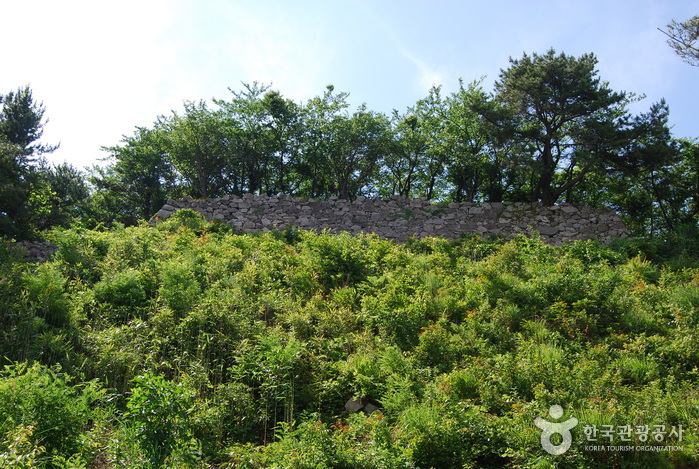
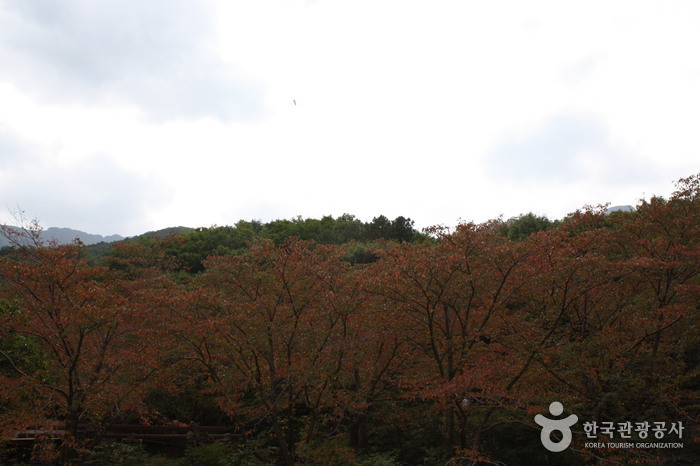

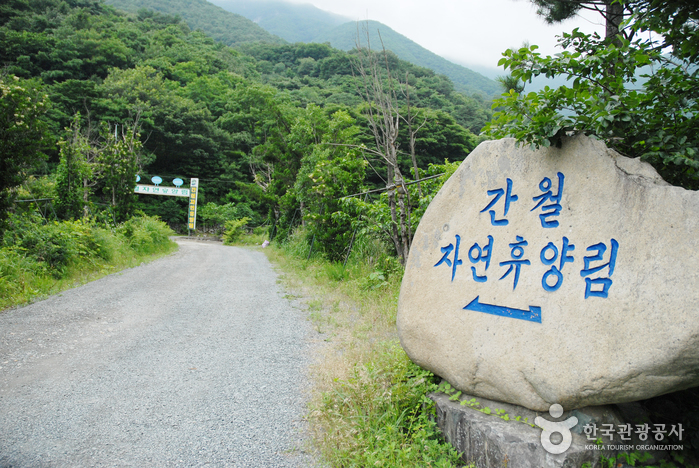
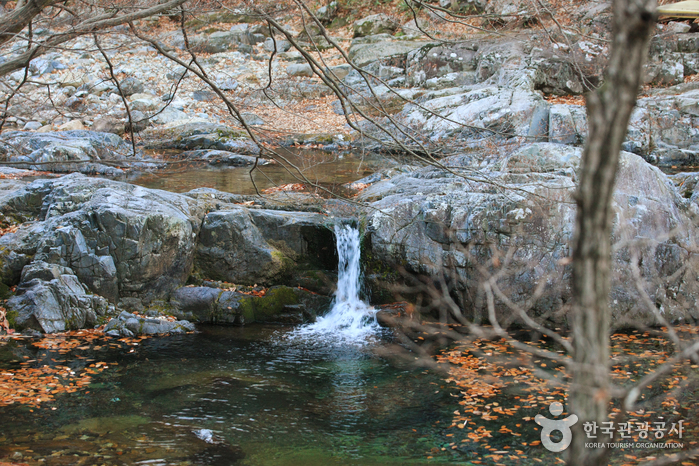
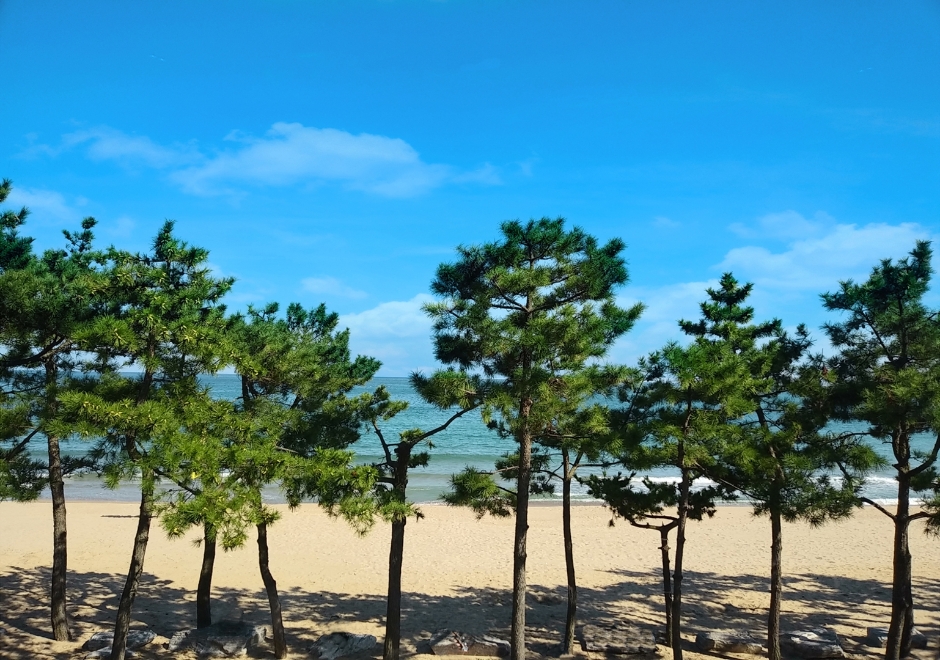
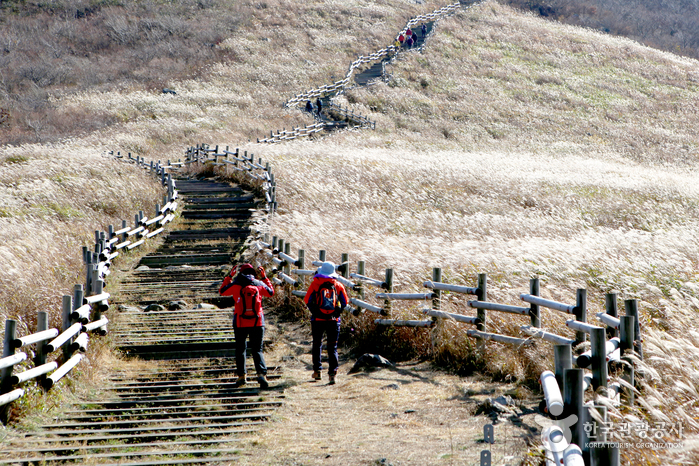
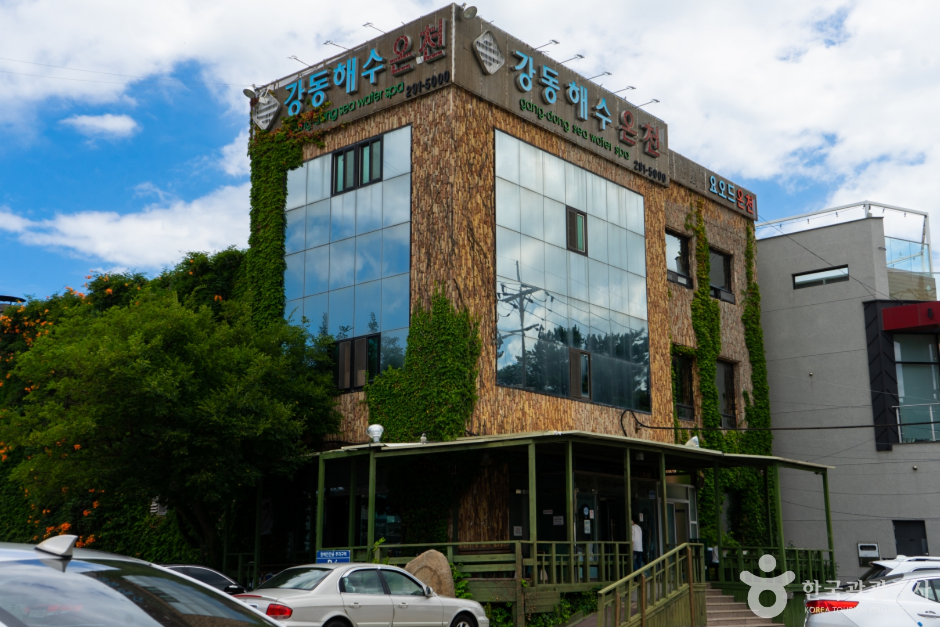
 English
English
 한국어
한국어 日本語
日本語 中文(简体)
中文(简体) Deutsch
Deutsch Français
Français Español
Español Русский
Русский